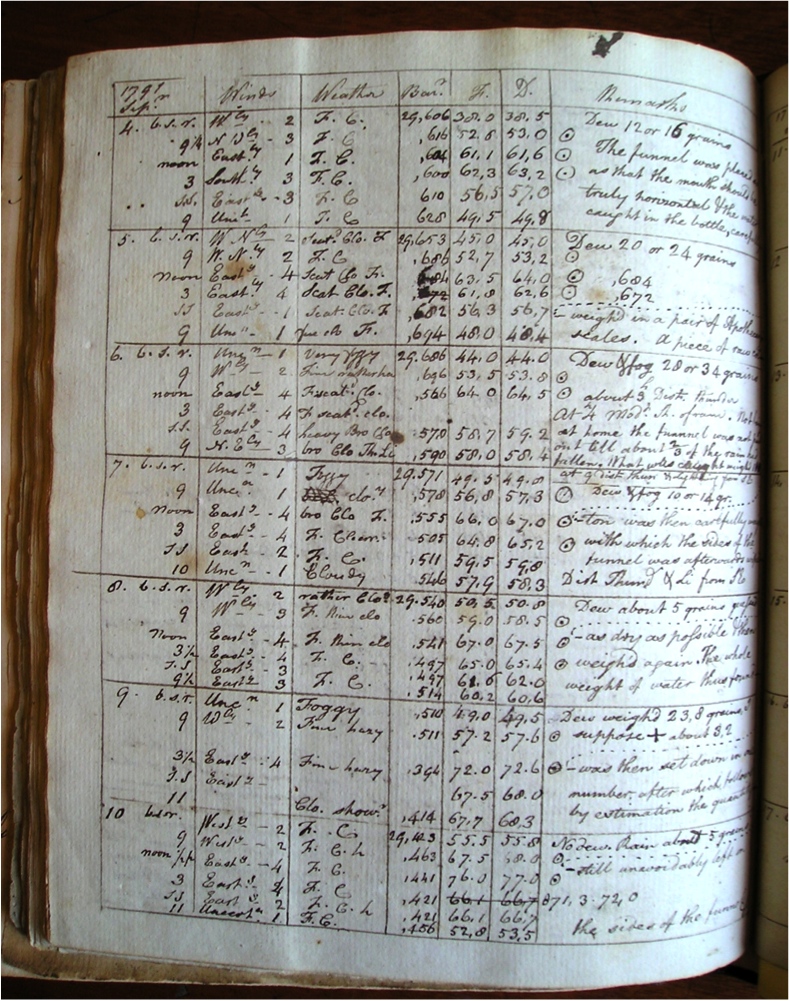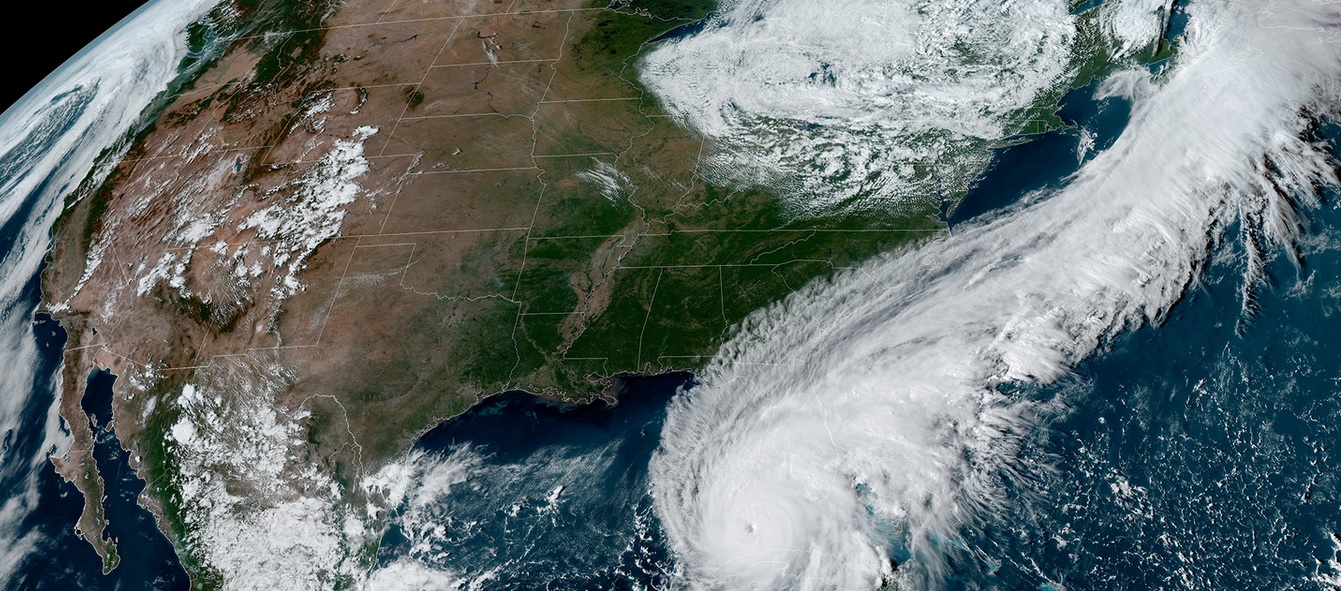-

If you are interested in science history or are interested in citizen science, you will enjoy this NOAA article on some prominent citizen scientists of the past. It includes some familiar names like Benjamin Franklin but may also include some others you know less about. You can read here.
-

The latest Drought Monitor shows that while overall the areal extent of drought did not change much in the Southeast, some areas dropped into more extreme drought, particularly in Florida and Virginia. Most notably, the area of extreme drought in Florida expanded quite a bit as they have missed most of the rain that has…
Posted in: Drought -

Warming temperatures in the Northeast have caused problems for maple syrup producers in recent years since the time period that the sap is running in the trees is starting earlier and ending sooner than in the past. According to an article in Modern Farmer, “Just a few degrees makes all the difference—too many warm days…
Posted in: Climate and Ag in the news -

Here is a nice corn growing degree day (GDD) tool for the US available from Nutrien at Nutrien GDD Tool (ag-wx.com). You can input the location, planting date, and maturity level and get a curve that shows the corn development stage. It is based on PRISM gridded weather data developed by Oregon State University. Some…
-

This is the time of year when predictions of how active the Atlantic tropical season is likely to be start popping up in the news. Here is a story from Growing Produce that describes the probabilities of different coasts being hit as well as what years are considered the best analogs to this coming season.…
-

I’ve often heard that diesel tractors and other farming equipment are unlikely to ever be replaced by electric vehicles when I attend farmers’ gatherings. This appears to be based on beliefs about current battery efficiency and the huge amounts of power needed to run some of this equipment. But a lot of farming is done…
Posted in: Climate and Ag in the news -

For the first half of April 2023, nearly all of the region was warmer than normal, but rainfall was very much hit or miss, with some areas receiving several times their usual rainfall while others had practically nothing. Generally the driest areas were also the warmest, which is not a surprise because there cloud cover…
Posted in: Climate summaries